Oahu Neighborhoods
-

ALA MOANA
Ala Moana, Hawaiian for “path to the sea,” is a commercial, retail and residential district ofHonolulu, located between Waikiki and Moiliili to the east, and Kakaako and Honolulu Harbor to the west. King Street to the north marks the border with the neighborhood of Makiki.
Points of Interest:
Ala Moana Center, developed by Don Graham and opened August 13, 1959, was once the largest shopping center in the US and currently the largest open-air shopping center in the world! Across Ala Moana Center is Ala Moana Beach Park stretching along the southern shores of a vast stretch of reef-protected white sandy beaches.
-

AIEA
The name “Aiea” was derived from a species of plant in the nightshade family, Nothocesrum latifoium, and was originally the name of an ahupua’a, or Hawaiian land division. At the end of the 19th century, a sugarcane plantation was opened in the district by the Honolulu Plantation Company.
On December 7, 1941, a large part of the Japanese attack focused on military installations around the town and ships moored offshore. After World War II, the plantation closed and the mill was converted to the C&H sugar refinery. Meanwhile, developers began developing the town into the surrounding former sugarcane fields. In the years that followed, Aiea has become an important suburb of Honolulu. By 1996, the sugar refinery was closed and by 1999 torn down by the owners despite County government and residents’ protests.
Aiea is home to Pearlridge, Hawaii’s largest enclosed shopping center and second largest shopping center in the state.
-

AINA HAINA
Aina Haina is a residential community developed around Kalanianaole Highway east of Waikiki and Diamond Head. Aina Haina, in Hawaiian meaning “Hind’s Land,” was named after Robert Hind, local dairyman and owner of the now-defunct Hind-Clarke Dairy. On a ridge in Aina Haina is one of the most exclusive subdivisions on the island, Hawaii Loa Ridge. Private and peaceful, yet only a short drive to town, this gated East Oahu neighborhood offers some of the island’s most luxurious residences with magnificent ocean views that are protected by its community guidelines.
-

DIAMOND HEAD
Diamond Head is a volcanic tuff cone on Oahu. Known to the Hawaiians as “Leahi,” this famous landmark was given its name in the 19th century by British sailors who mistook calcite crystals on the adjacent beach for diamonds. Geologists estimate Diamond Head to be about 400,000 to 500,000 years old. Frequently said to be extinct, it is actually dormant. In 1968, Diamond Head was declared a National Natural Landmark.
Points of Interest:
Diamond Head Lighthouse, constructed in 1899 by Hawaii’s territorial government for $2,500, was remodeled in the 1960’s and became the home of the Commanders of the Fourteenth Coast guard District. The lighthouse overlooks one of the most popular surfing spots on the island. At the foot of Diamond Head Crater lies one of Hawaii’s most cherished treasures,
Diamond Head Theatre, the third oldest community theatre in the U.S., began in 1915 as a company of theatergoers known as “The Footlights.” The name later changed to “Honolulu Community Theatre” and in 1990 to its current name.
Diamond Head Crater Lookout. A short but steep trail to the 760-foot summit awards hikers with one of the most spectacular panoramic views the island has to offer.
-
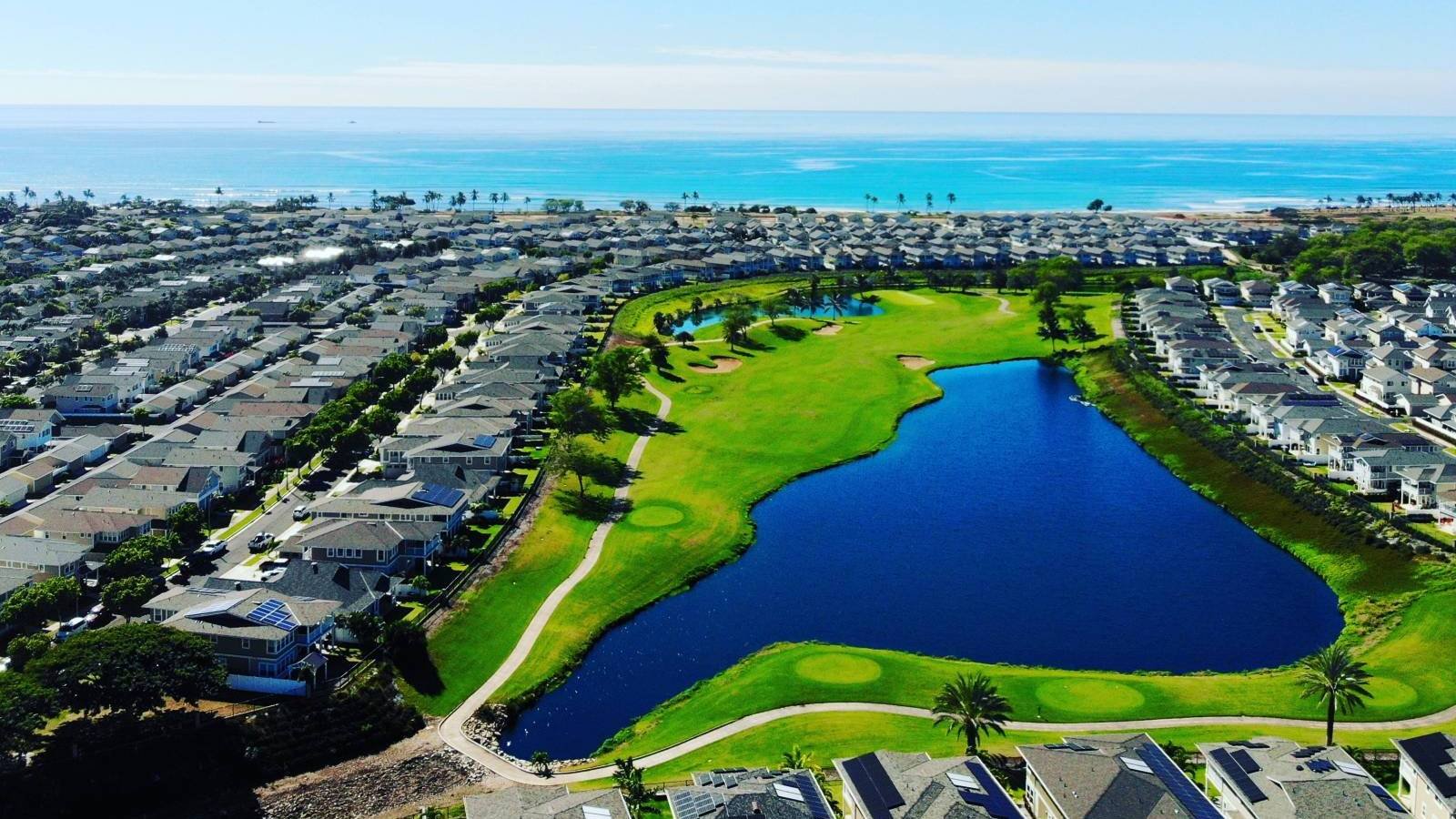
EWA BEACH
Ewa Beach, or simply Ewa, is located along Mamala Bay on the leeward side of Oahu. Ewa, meaning “stray” in Hawaiian, was a Hawaiian settlement dating back at least to the 12th century. Before it became a town, it was first a huge plantation with 11,000 acres. Ewa is significant for its association with Ewa Sugar Plantation, which played an influential role in Hawaii’s culture, economy and politics throughout the 20th century.
-

HAWAII KAI
Hawaii Kai, also known by its Hawaiian name, Maunalua, is a largely residential area in East Honolulu comprising several communities that extend back into several valleys and along separating ridges. Development around the ancient Maunalua fishpond and wetlands known as Kuapa, or “fishpond wall” started in 1961 when Henry J. Kaiser entered a lease agreement with landowner Bishop Estate to develop the 521 acres into residential tracts.
Hawaii Kai is home to Koko Marina Shopping Center, Costco and a variety of other retailers and businesses.
-

KAHALA
Kahala is known across the globe as an icon for luxury and wealth with its large concentration of pricey real estate and beachfront properties, including some of the state’s most expensive. One of Honolulu’s fairly flat areas, Kahala is located just a short drive to Waikiki as well as downtown.
Residents are a mix of old-timers in older residences (though these have become increasingly rare because of their being a target of investors looking to buy, renovate and sell for record-breaking prices) and more recent arrivals living in mansions and mega-mansions. Celebrities and business moguls alike have favored Kahala for their second, or third, residences.
Kahala is bordered on one end by Kahala Hotel and Resort, with Kahala Mall and Diamond Head Crater along the other borders.
-

KAILUA
Kailua is located on the windward coast of Kailua Bay. In Hawaiian, Kailua means “two seas’ or “two currents” in reference to two former fishponds in the district or the two currents that run through Kailua Bay. Kailua is mainly residential with a centralized commercial district along Kailua Road.
Noteworthy places include: Kailua Beach Park, Lanikai Beach, Kawainui Marsh, and Maunawili Falls.
Steady tradewinds make Kailua Beach a top windsurfing and kitesurfing destination, while Lanikai Beach is rated as one of the top ten beaches in the world by Sherman’s Travel Magazine. Because of its small community and easy access to its famous beach, Lanikai has one of the most expensive real estate markets in Hawaii.
-

KAIMUKI
Kaimuki is an ancient Hawaiian name, meaning “ti root oven,” as the area was known for the many ovens used to bake ti roots into a sweet food similar to candy. Kaimuki was a farm of King Kalakaua in the 19th century where ostriches roamed wild over the mountain side. Later the farm became the site of a carnation farm to provide funeral flowers.
Today, the area is a mix of old plantation-style homes surrounded by not a few new mansion-size homes, along with some walk-ups and high-rises as well as townhomes.
Waialae Avenue is the main street running through Kaimuki and is lined with a nice mix of restaurants, retail shops, and business offices.
The ridges rising above the Kaimuki community are home to the neighborhoods of: St. Louis Heights, Wilhelmina Rise, and Maunalani Heights, many providing panoramic city, valley and ocean views.
-

KAKAAKO
Situated along the southern shores of Oahu, Kakaako is located between Ala Moana to the east and downtown Honolulu and Honolulu Harbor to the west. Once mainly a commercial and retail district, Kakaako is in the process of being transformed into a highly walkable residential metropolis with eateries to satisfy every palate, boutiques offering everything from household plants to the latest fashions, and services ranging from salons to gyms to urgent medical care.
From nearly every street corner pedestrians can marvel at the street art adorning many of the area’s buildings.
-
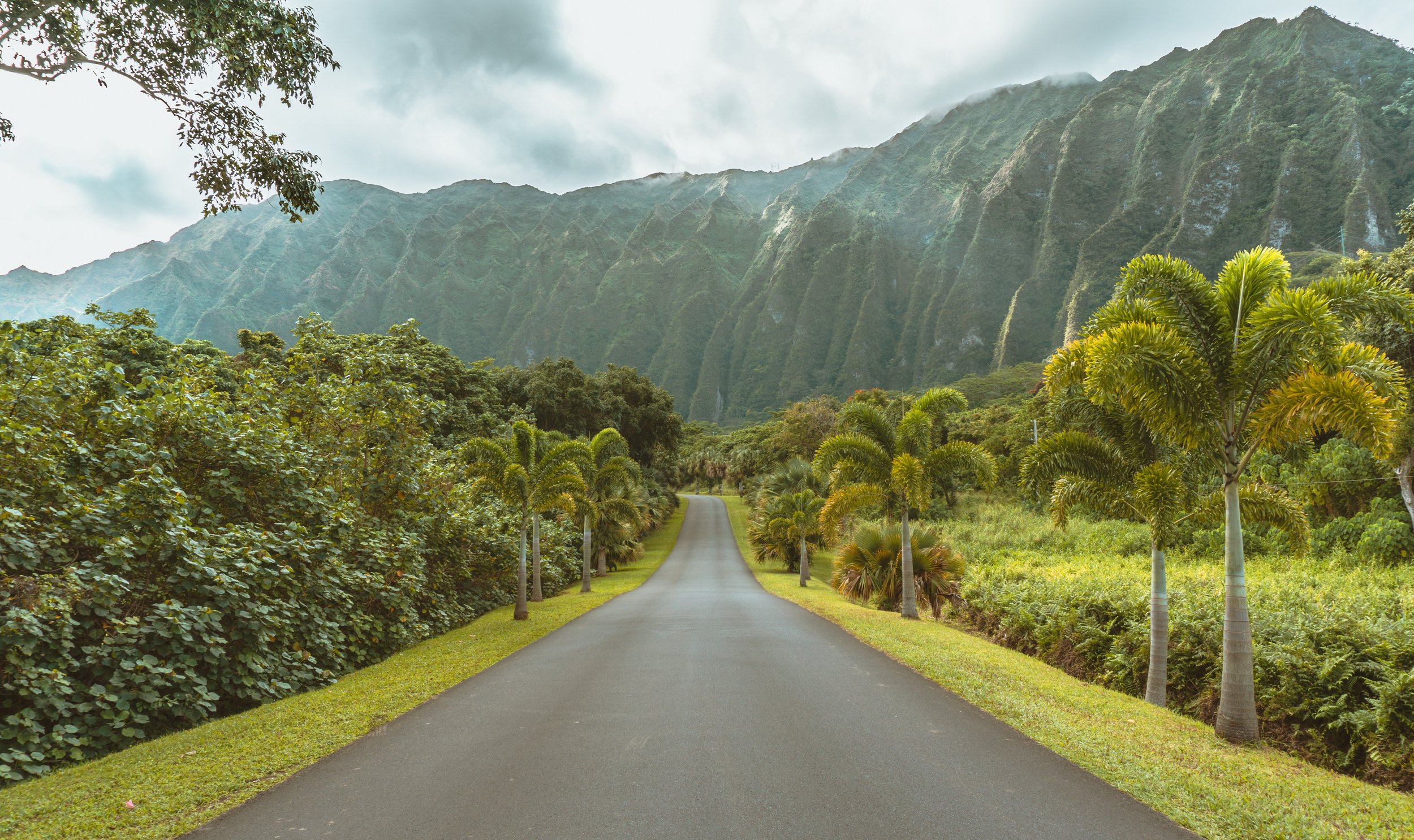
KANEOHE
Kaneohe, meaning “bamboo man” in Hawaiian, got its name from an ancient Hawaiian story in which a woman likened her husband’s cruelty to the sharp edge of cutting bamboo. Kaneohe is one of the two largest residential communities on the windward side, with its commercial center spread mostly along Kamehameha Highway.
Because of an abundance of rainfall in Kaneohe, it was an important agricultural area since ancient times. Today, the area is mostly residential with only banana grown as a commercial crop.
Places of note: Hoomaluhia Botanical Garden, Hawaii National Veterans Cemetery and Marine Corps Base Hawaii . In addition, Kaneohe is home to Pali Golf Course, Koolau Golf Club and Bayview Golf Park.
-

MAKAKILO
Makakilo, or “observing eyes” is located on the southern end of the slopes of the Waiana mountain range, offering panoramic views of city of Kapolei below and the ocean beyond. Many residences offer a distant view of Diamond Head.
-

MAKIKI
Makiki is located northeast of downtown Honolulu, stretching east to west from Punahou Street to Pensacola Street, and north to south from Round Top Drive and Makiki Heights Drive to Lunalilo Freeway.
The area consists primarily of older homes, smaller apartment complexes and side streets, though there are many luxury residences on larger lots and exclusive hidden estates along the winding roads heading up Round Top Drive and Makiki Heights Drive.
Places of interest include: Punahou School, opened on July 11, 1842, with the mission of educating missionary children and alma mater of former U.S. President Barack Obama; and Central Union Church on the corner of Beretania and Punahou streets that was completed in 1924.
-
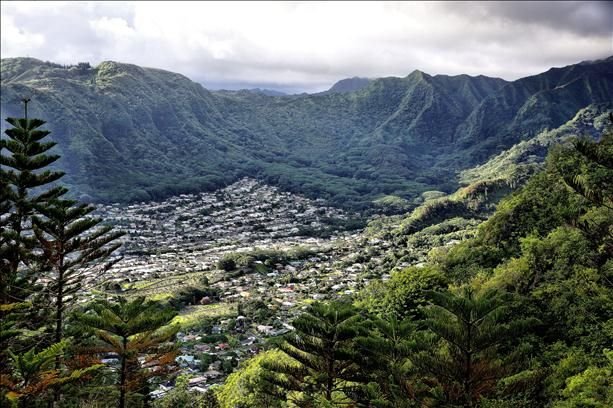
MANOA
Manoa, meaning “thick, solid, vast, depth, or thickness” in Hawaiian, is a valley and residential neighborhood located about three miles east and inland from downtown Honolulu and less than a mile from Ala Moana and Waikiki. Manoa consists of an entire valley, running from Manoa Falls to King Street. Receiving almost daily rain, the neighborhood is richly vegetated, and seeing rainbows is a common occurrence, inspiring the team names “Rainbow Warriors” (men’s sports) and “Rainbow Wahine” (women’s sports) for University of Hawaii at Manoa.
The neighborhood consists of private homes built before the 1960s (with many of those having been renovated by subsequent generations), low-rise condominiums and townhouses as well as stately historic homes and mansions.
Also being so convenient to some of the state’s best public and private schools, Manoa is highly sought after by locals and newcomers alike.
-

MILILANI
Mililani sits on former plantation fields owned by Castle & Cooke, which began planning for its development in the early 1960’s. The plan was to make Mililani Town a satellite city that would satisfy Oahu’s pent-up demand for affordable housing. The first homes went on sale in 1968. By 1986, Mililani was named an All-America City, a distinction no other community in Hawaii has ever received. In 1992, the first homeowners moved into the newer more upscale Mililani Mauka east of the H-2 freeway. A third region of Mililani is Launani Valley, secluded below Mililani Tech Park with a mixture of townhouses, duplexes and detached single family homes.
-

NORTH SHORE
The North Shore refers to the north-facing coastal area of Oahu between Kaena Point and Kahuku, with the largest neighborhood being Haleiwa. The area is known for its massive waves, which have attracted surfers from all around the world. Notable surfing spots include: Waimea Bay, Sunset Beach, and Banzai Pipeline, the most famous and consistently ranked one of the top in the world.
-
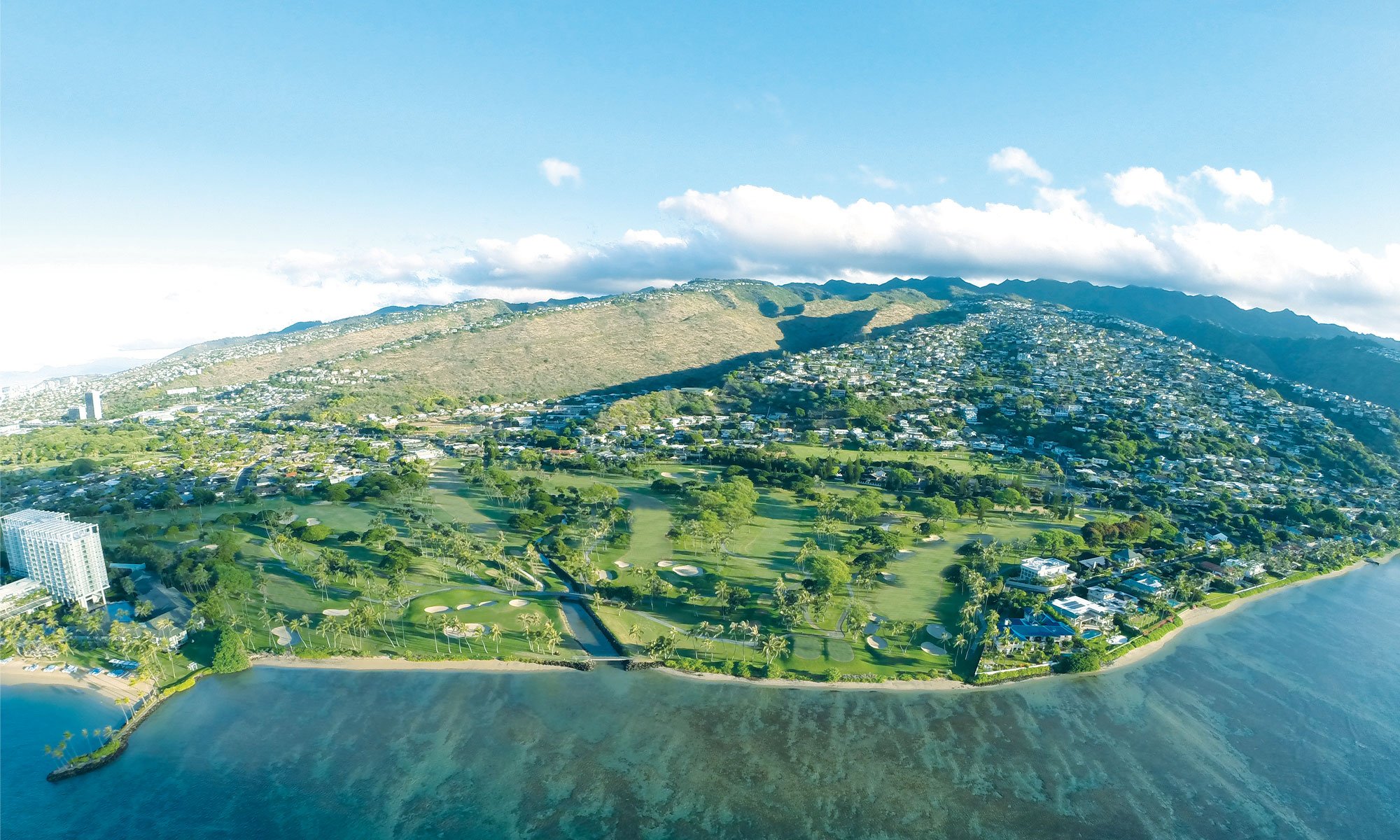
WAIALAE
Waialae, meaning “mud-hen water,” is an upscale area in east Honolulu that consists of Waialae Nui Valley and Waialae Nui Ridge located mountainside of the neighborhood of Kahala; and Waialae Iki, the ridge above the Waialae Golf Course community adjacent to the exclusive Waialae Country Club.
Architect Vladimir Ossipoff (b. 1907, d. 1998), best known for his work in Hawaii, designed many organic homes in Waialae Nui.
-
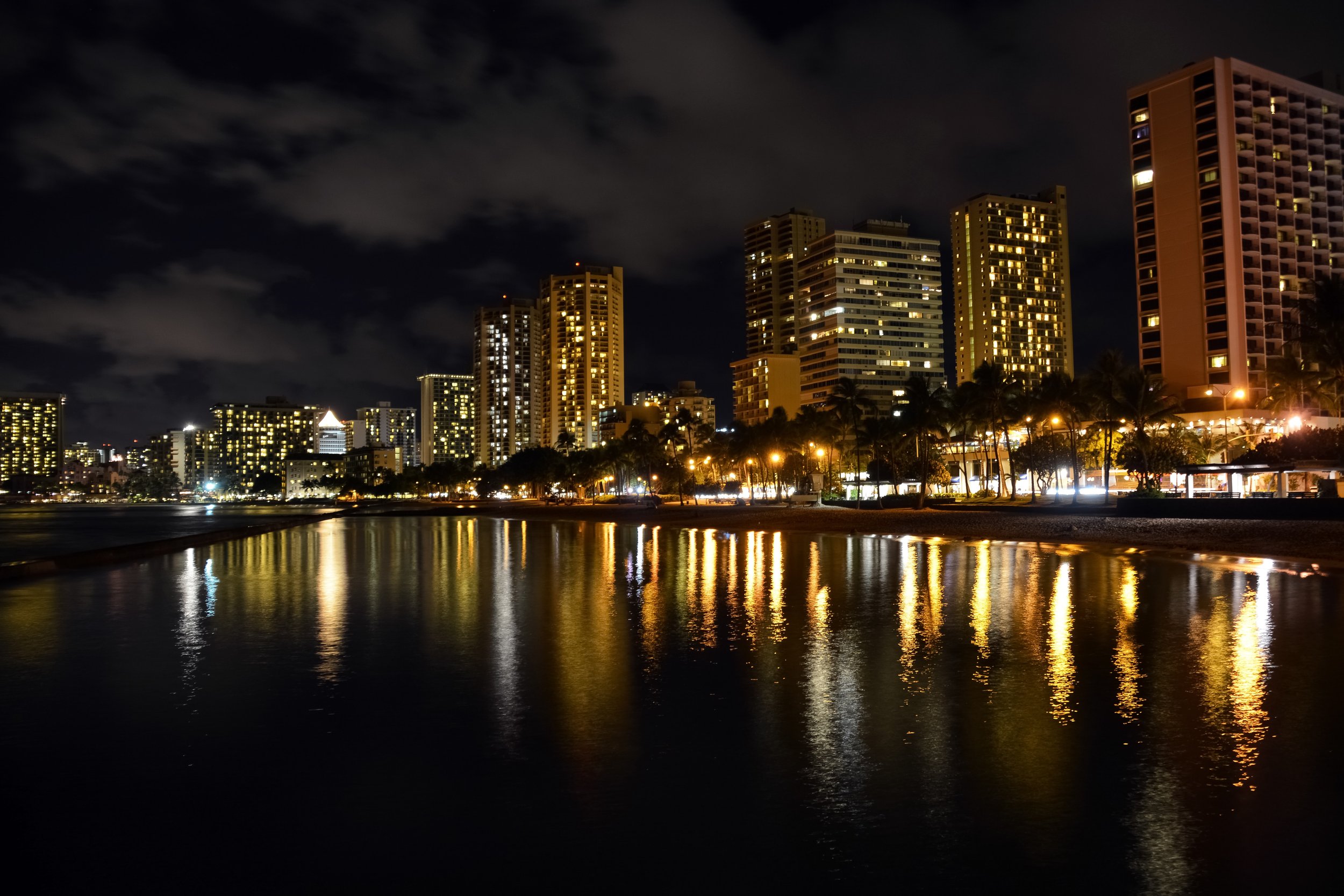
WAIKIKI
Waikiki is located on the south shore of Oahu and is best known for Waikiki Beach, one of six beaches in the district. The others are: Queen’s Beach, Kuhio Beach, Gray’s Beach, Fort DeRussy Beach, and Kahanamoku Beach.
Waikiki was a retreat for Hawaiian royalty in the 1800s. A few small hotels opened in the 1880s and in the early 20th century the now historic Moana Surfrider Hotel and Royal Hawaiian Hotel graced the area. Surging tourism demand spurred a development boom of large resort hotels, such as Sheraton Princess Kaiulani Hotel, Hilton Hawaiian Village, Halekulani, Hyatt Regency Waikiki, Marriott Waikiki, and Sheraton Waikiki.
Residential high-rises, walk-ups, and quaint beach cottages along with large shopping and dining complexes like Royal Hawaiian Center scattered among the resort hotels complete Waikiki’s modern skyline.
